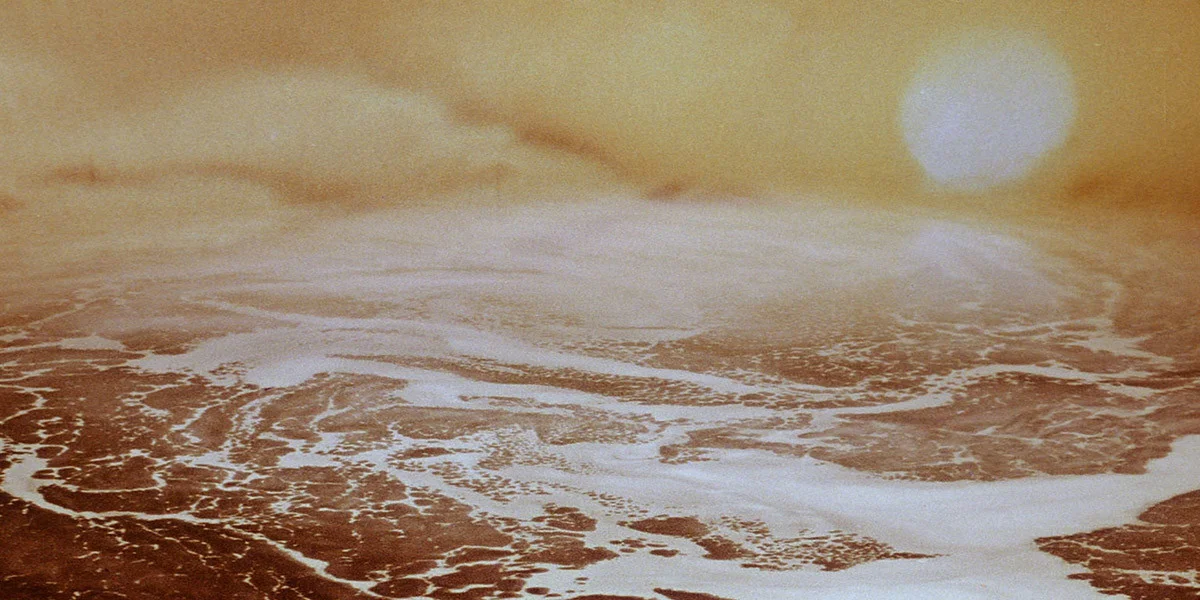Eclipse season is upon us, and as the sun and moon darken, it is worth casting a few remarks amidst the shifting shadows.
Astronomically speaking, it is important to realise that eclipses always come in pairs. Their twin tarnishings occur every six months, whether or not they are visible in our particular vicinity. Specifically, they occur on lunations—new moons (solar eclipses) and full moons (lunar eclipses)—when these lunations are conjoined to the lunar nodes. Mythically envisioned as the head and tail of a dragon, the lunar nodes are poles of an invisible axis used for the precise purpose of predicting eclipses. Every six months, when the sun conjoins one of these nodes, shadows loom over both the sun and the moon. In the two-week eclipse period proper, when the moon moves between her newness and fullness (or vice versa), our reality dissolves and coagulates.
Astrologically speaking, eclipses are wildcards. They often bring dramatic loss and renewal, revealing the hidden, and usurping our expectations through the cruel play of light and shadow. As wildcards, they have two faces, and can appear upright or inverted. Whatever way they appear, eclipses are polar by nature. Any eclipse manifestation is inextricably linked to its opposite principle. Symbolically strung between the head and tail of the dragon, the serpent’s extremes cast a veil of darkness over the divine eyes of the sun and the moon. And when this veil is removed, its revelations can be swift and shocking.
Functionally, the dragon’s head and tail serve to eat and excrete. But the crucial process in between—the one we can exercise some control over—is digestion. Now digestion is a process through which we choose what is assimilated into our bodily being versus what is eliminated from it. Paracelsus called the stomach an alchemist for precisely this reason: it separates the pure from the impure. As such, it makes the crucial difference between nourishing and poisoning ourselves. During eclipse cycles, and the unveilings that they bring, we are often faced with decisions that demand the same visceral kind of knowing: we must choose between what vitally nourishes us, versus what drains and ultimately poisons us.
Essentially, the eclipses are a kind of purgatory—an alchemical dissolution which can congeal as heaven or hell depending on our conscious comportment. It is precisely here, in this interzone, that the three great poisons reveal themselves. It is here that our desires, fears, and delusions are projected and magnified so that we can examine their hold on us. And it is here, from the midst of this threefold poison, that we can extract the immortal essence—the coagulating seed of our new being. Free from the push and pull of fear and desire; free from the vicissitudes of gain and loss; free from the void of incompleteness that forever seeks fulfilment. Like the serpent, we must shed our skin to eternally renew ourselves.








